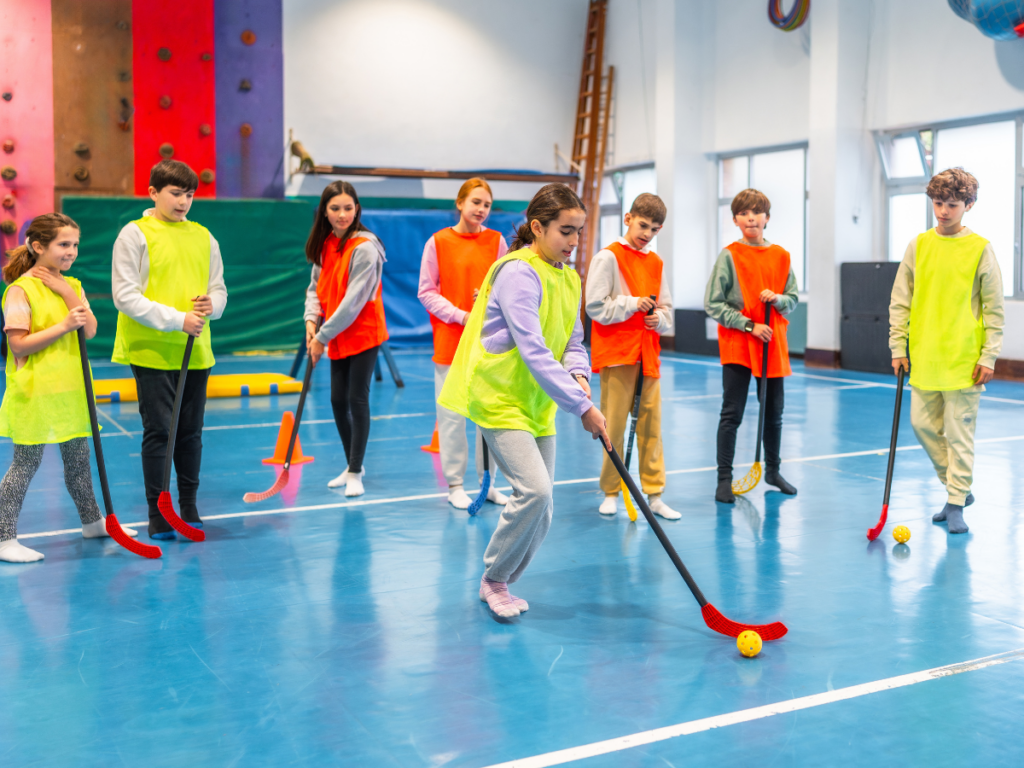There is no “I” in IST – An insider look at providing health and performance support to the 2018 Men’s Olympic Hockey Team
To the average fan watching international competitions, the finished product delivered to your television or computer screen does not always reveal the enormity of action that happens behind the scenes. Stepping off the ice at the Gangneung Hockey Centre, the venue for the men’s hockey tournament at the 2018 Pyeongchang Olympic Winter Games, and walking…
Can we better Retain Sport Officials by Asking Them to Do More? The Opportunity of “Stage-appropriate Officiating”
Having and keeping enough qualified officials is a challenge for many sport organizations. Could we retain them by asking them to do more? It may seem counter-intuitive, but research into the challenges faced by sport officials and what motivates them suggests “stage-appropriate officiating” may provide an opportunity to retain officials while supporting quality sport experiences…
The Car Ride Home
Parents[1] play an undeniably important role in the lives of young athletes. Parents have been described as socializers of athletes’ sport experiences – providing opportunities for participation, serving as role models, and helping athletes make sense of their sport experiences. Previous research about parent involvement in sport has examined the types of feedback that parents…
Scaling down the circus to scale up the benefits – A proposed future for international sport events
2018 is an exciting year with four major international sporting events on the calendar: the Olympic and Paralympic Games, the Commonwealth Games, and the Arctic Winter Games. These events are embraced by those with a love for sport, including the millions of spectators around the world, athletes, coaches, sport organizations, organizing committees, corporate partners, volunteers,…
Taking Action: Community Sport Organizations and Social Responsibility

Community sport organizations (CSOs) are a central thread in the fabric of Canadian society, providing a meaningful place for people to play, compete, volunteer, coach, and interact with others who may share their interests and values. As a foundation of the sport development system, we look to them to provide high quality, fun, and safe…
Concussions in sport — we can do better
In his teens, Eric Mihalovic was a promising young hockey player. He was tough, a solid player with good hands. “I don’t think we even called the first one a concussion,” he said. “I was hit and my head bounced off the boards. I was 15.” Blurry vision in class and trouble concentrating were nothing…
The Role of Sport Administrators in Advancing Women in Coaching through Mentorship
The rise of girls’ and women’s participation in physical activity and sport, including at the high performance sport level in Canada, has been encouraging. Unfortunately, this increase in participation rates of females has not been matched by an increase in females in coaching positions. In 2015, the Government of Canada cited that only 25% of…
Engaging Youth Volunteers
Volunteering is the backbone of sport in Canada. Without the generous contributions of volunteers at all levels many sport opportunities would not be available to our communities. In the past our older generation has been the stalwart contributors of their time and energy and while this trend continues, we should also be looking to our…
IN BRIEF: Bio-Banding and Developmental Age
You’ve probably heard of the Relative Age Effect – the concept that when children are placed into groups such as school classes or sports based on their chronological age, those born early in the cohort may have physical or intellectual advantages compared to those born late, leading to selection for enriched opportunities that tend to…
Periodization: Planned Peaks and Targeted Training
Periodization is a systematic approach to training that involves varying training variables, like volume and intensity, over time. The objective of this planning is for the athlete to reach his or her peak at a specific, pre-determined time, while optimizing recovery to avoid overtraining and injury. Periodization is based on Hans Selye’s theory of biological…